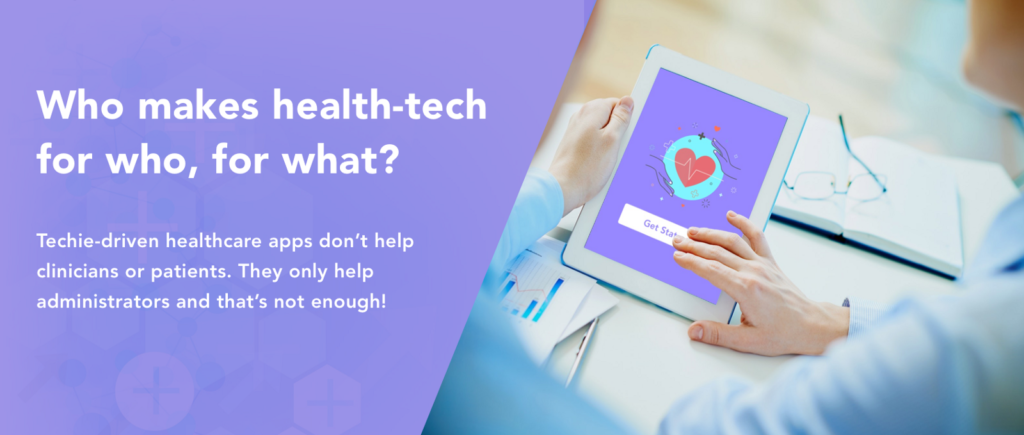

A hospital administration is often occupied with a number of day to day tasks. With the introduction of administrative software’s for health clinics, it has become quite easy for healthcare clinics to streamline operations and reduce healthcare costs as much as possible. The conventional modes of hospital administrative management are time-consuming, laborious and incur a lot of investment.
The modern software tools are meant to minimize the burden on the administrative staff and save a lot of time and resources. Be it maintaining the comprehensive details of the patients, scheduling appointments, maintenance of patient data online, medical billing, insurance claim and streamlining of visitor flows in the facility the tools offer solutions to all the problems. The hospital administrative software bundles many of the features together and is responsible for making big improvements in various areas for the smooth operation of a modern private healthcare clinic. The tools serve to lower costs, satisfy regulations and improve the effectiveness of health administrators and practitioners, thereby enabling them to deliver quality services and care. In this article, we provide you with the five administrative Softwares/tools that are sure to change the face of health administration and offer convenient solutions to modern private health clinics.
Patient Scheduling Software
Scheduling patient appointments constitute another important component of hospital staff. The staff must ensure to schedule appointments with utmost care to avoid any potential confusions and last minute cancellations which may have a huge impact on the clinic’s reputation. The Medical patient scheduling software helps hospital admin staff to accurately locate the available time slots and book appointments accordingly. So, there is no scope for wrong scheduling or double booking rooms or physicians. The software also sends timely alerts to the patients about the scheduled appointments via Email, SMS or phone.
Patient Visitor Management System
Patient management constitutes an important part of a healthcare clinic. It may involve facilitating patient check-ins, collecting all the relevant information, collecting patient signatures for the required paperwork. The patient management software encompasses check-in kiosks or other hardware that allow the patient to fill in the details. The visitor management Softwares stores all the details in the cloud and helps retrieve the visitor details anytime with just a click of a button. The hardware stays in sync with the staff computers so that they have a complete view of the patient details and also patient flows. Although there are a number of check-in solutions, many clinics make use of visitor management software for hassle-free check-ins and capture of patient details.
The system captures visitor images, digital signature and prints visitor badges that allow easy identification by the hospital staff. There is also a QR code printed at the bottom of the badge which serves to facilitate faster check-ins during recurring visits. The live dashboard features offer a real-time view of the visitor management system placed at various locations. It gives live data of visitors present inside the facility, the number of pre-registered visitors, and so on.
Patient Portal Software
The patient portal software offers a wonderful opportunity for the patients to keep a close watch on their health data online. The software serves to minimize the administrative burden on the staff as they no longer needed to keep physical records of the patients. Once the patient logs in the portal using his credentials, all the health data, along with lab results, doctors suggestions, prescriptions are displayed. So, this in a way increases the patient engagement. The portal also facilitates patients to schedule or request a doctor’s appointment, keep track of appointment schedules and also check and track the payment history.
Medical Billing and Claims Processing
Coding the medical bills, submitting them to the insurance and following them up is hectic and time-consuming tasks of a medical administrator. Employing software that does this whole thing not only eases administrators job but also ensures constant cash flows from regular claim settlements. There are many medical billing software ranging from simple to complex. The complex software checks each insurance claim for any errors before it is being sent. It also takes into account all the latest possible laws and regulations. Apart from checking the claim for proper coding, the software also takes into account all the newest laws and regulations.
E-Prescriptions
E-prescriptions is another great administrative that eases the workload of physicians. They take the handwriting out of the context and eliminates any errors due to misinterpretation of physician handwriting. The physicians can directly send the e-prescriptions from the point of care to the pharmacies in electronic form. E-prescriptions are integrated with electronic health records and offer decision support to the physician. At the same time, they also notify the prescriber about generic modifications. The hospital staff spends a greater amount of time in clarifying the calls related to prescriptions from pharmacies. E-prescriptions helps reduce such calls from pharmacies and enables hospital staff to offer better quality services and care to the patients. They also help automate the prescription renewal requests and authorization process.
Concluding Remarks
From the above discussion, it is clear that administrative tools ease the day to day processes and helps healthcare professionals to meet all their clinic’s needs. But before you pick the right administrative tools for your clinic, you need to do your research and choose the right software tools that would offer long-term solutions. Whatever the software you choose for your private healthcare, you must be ready for a long-term commitment. The software programs warrants months or even years of commitment. Also, it takes a bit of time to get accustomed to the software even after its integration with the various aspects of the clinic.